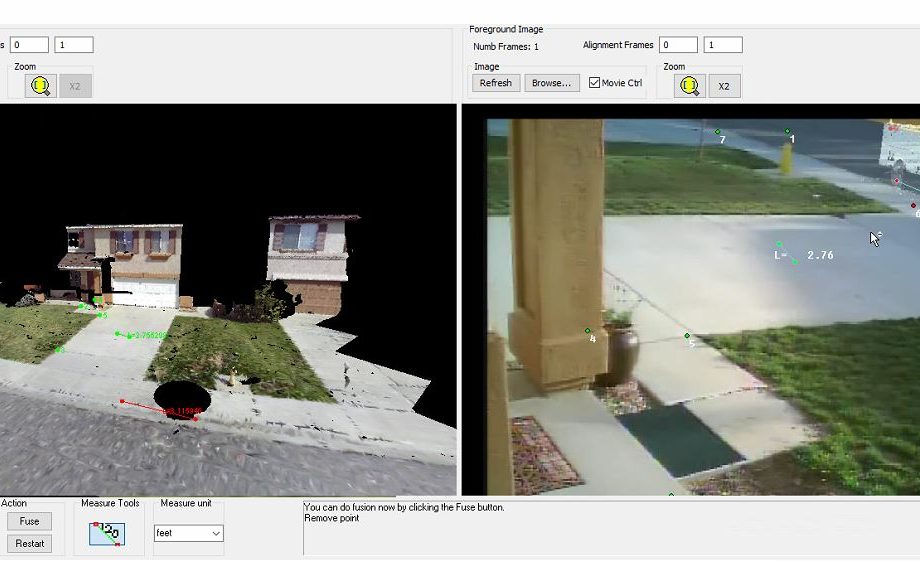In the digital age, visual evidence is often the linchpin of an investigation. Whether it’s footage from a security camera, a smartphone recording, or dashcam video, the clarity and accuracy of that evidence can make the difference between solving a case and leaving it cold. This is where the expertise of a video forensic expert becomes crucial. Through advanced software enhancement techniques, these professionals extract, clarify, and authenticate visual information to ensure it stands up to scrutiny in legal or investigative contexts.
From adjusting lighting levels to stabilizing shaky footage, software enhancement allows investigators to see what was previously hidden. This process is not about altering the truth—it’s about revealing it.
The Role of a Video Forensic Expert
A video forensic expert specializes in analyzing and enhancing video evidence while maintaining its authenticity. Their primary responsibilities include:
- Clarifying details such as facial features, license plates, or environmental cues.
- Stabilizing footage to make moving objects easier to analyze.
- Synchronizing multiple camera views for comprehensive event reconstruction.
- Authenticating videos to confirm they haven’t been tampered with.
These experts rely on a combination of technical skill, investigative intuition, and advanced software enhancement tools to produce results that can hold up in court.
Understanding Software Enhancement
Software enhancement in forensic video analysis is the process of improving the quality and visibility of video evidence without altering the original data. This might involve:
- De-noising: Removing digital noise for clearer visuals.
- Color correction: Balancing brightness, contrast, and saturation.
- Frame interpolation: Filling in missing frames to make motion smoother.
- Zoom and detail sharpening: Enhancing key areas without pixel distortion.
By applying these techniques, a video forensic expert can turn grainy or dark footage into clear, usable evidence.
Why Enhancement is Not Alteration
A common misconception is that enhancing video changes the truth. In forensic practice, the opposite is true. The goal is to make the visual information more understandable without fabricating details. Every enhancement step is documented to maintain the chain of custody and ensure admissibility in court.
Real-World Applications of Video Forensic Expertise
The combination of video forensic expert skills and software enhancement is applied across multiple fields:
- Law enforcement: Identifying suspects or vehicles in criminal cases.
- Accident reconstruction: Clarifying events in traffic collisions.
- Security auditing: Reviewing surveillance footage for vulnerabilities.
- Media verification: Confirming the authenticity of viral videos or news footage.
Example – License Plate Recovery
Imagine a hit-and-run incident recorded on a low-resolution security camera at night. The plate is barely visible. Using software enhancement, a video forensic expert can adjust exposure, reduce glare, and sharpen the image, making the plate readable enough for investigators to identify the vehicle.
Challenges Faced by Video Forensic Experts
Despite technological advances, software enhancement has limits. If footage is too low in resolution, overly compressed, or lacks critical visual information, even the best expert may not retrieve every detail. Additionally, maintaining evidentiary integrity requires careful handling to avoid introducing artifacts or distortions that could compromise admissibility.
Legal and Ethical Considerations
Video forensic work must follow strict guidelines to ensure evidence remains credible:
- Documentation of every step taken during enhancement.
- Maintaining original files alongside enhanced versions.
- Providing expert testimony to explain methods in court.
The Future of Video Forensic Enhancement
The field is evolving rapidly with AI-powered enhancement tools, deep learning algorithms, and real-time video analysis systems. These advancements promise faster processing, higher accuracy, and the ability to recover details previously thought unrecoverable. However, the human judgment of a video forensic expert remains irreplaceable for interpreting results and ensuring ethical standards are met.
Final Thoughts
A video forensic expert equipped with cutting-edge software enhancement capabilities is an indispensable asset to modern investigations. Their role bridges the gap between raw footage and actionable evidence, ensuring that the truth can be seen, understood, and upheld in court. As technology continues to advance, their work will only grow in importance.
FAQs
Q1: Can software enhancement create details that weren’t there originally?
No. The goal is to clarify and reveal existing details, not fabricate new ones.
Q2: Is enhanced video admissible in court?
Yes, provided it follows forensic guidelines and the process is fully documented.
Q3: How long does video enhancement take?
It depends on the complexity of the footage—anywhere from a few hours to several days.
Q4: Do all investigators use the same enhancement tools?
No. Tools vary based on case needs, software capabilities, and expert preference.
Q5: Can AI replace a human video forensic expert?
AI can assist, but expert oversight is essential for accuracy and ethical compliance.
 :
https://instagram.com/cognitech
:
https://instagram.com/cognitech

